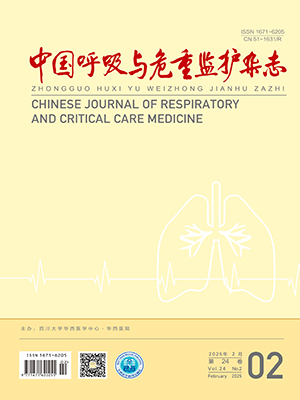Objective To investigate the changes of steps walks daily in patients with obstructive sleep apnea-hypopnea syndrome ( OSAHS) before and after the initiation of nasal continuous positive airway pressure ( nCPAP) ventilation.
Methods 62 patients diagnosed by polysomnogaphy ( PSG) in the sleep respiratory disease center of Nanjing FirstHospital Affiliated to Nanjing Medical University were recruited as the OSAHS group, and divided into mild,moderate, and severe subgroups according to apnea-hypopnea index ( AHI) .28 subjects without OSAHS were recruited as the control group. All the subjects were evaluated by Epworth Sleepiness Scale ( ESS) and Functional Outcomes of Sleep Questionnaire ( FOSQ) . Steps walked daily were measured by electronic pedometer.10 patients with moderate and severe OSAHS were treated with nCPAP.
Results Compared with the control group and the mild OSAHS patients, ESS scores were significantly higher while FOSQ scores and steps walked daily were significantly lower in the moderate and severe OSAHS patients ( P lt; 0. 05) . In the OSAHS patients, steps walked daily were correlated positively with FOSQ scores but negatively with BMI, ESS scores, AHI, oxygen desaturation index ( ODI) and saturation impair time below 90% ( SIT90) ( P lt; 0.05) . After one month of nCPAP therapy, ESS scores were significantly decreased, FOSQ scores and steps walked daily were significantly increased (P lt;0.05) .
Conclusions Increased OSAHS severity is associated with decreased steps walked daily which is an objective index of routine physical activity. Untreated OSAHS may negatively impact the patients’ability to have an active lifestyle. nCPAP therapy can significantly improve steps walks daily of patients with OSAHS.
Citation: YE Liang,GU Wei,TAN Yan,ZOU Chunfang,SUN Lihua. The Change of Steps Walked Daily in Patients with Obstructive Sleep Apnea-Hypopnea Syndrome. Chinese Journal of Respiratory and Critical Care Medicine, 2013, 12(4): 374-374. doi: 10 . 7507 /1671 -6205 . 20130089 Copy
Copyright © the editorial department of Chinese Journal of Respiratory and Critical Care Medicine of West China Medical Publisher. All rights reserved




